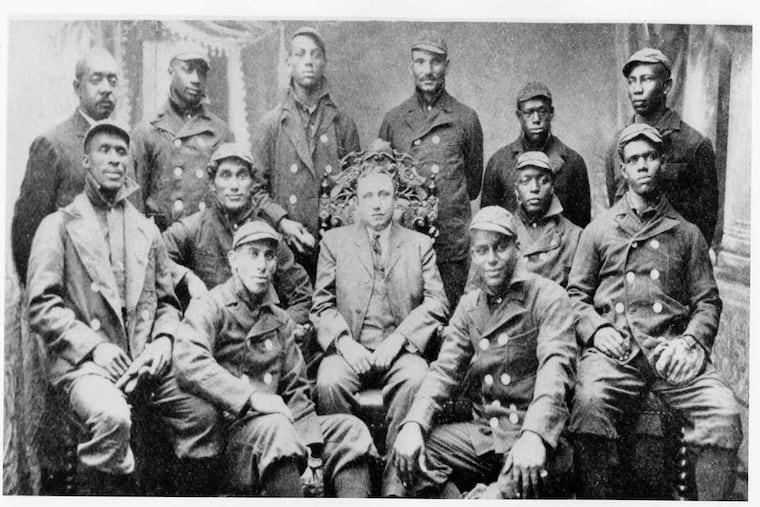The 1905 Philadelphia Giants are mostly forgotten, but they were one of baseball’s great teams
The Giants boasted five Hall of Famers and dominated Black baseball in the early 20th century. But the history of what they did and who they were isn't easy to find.
